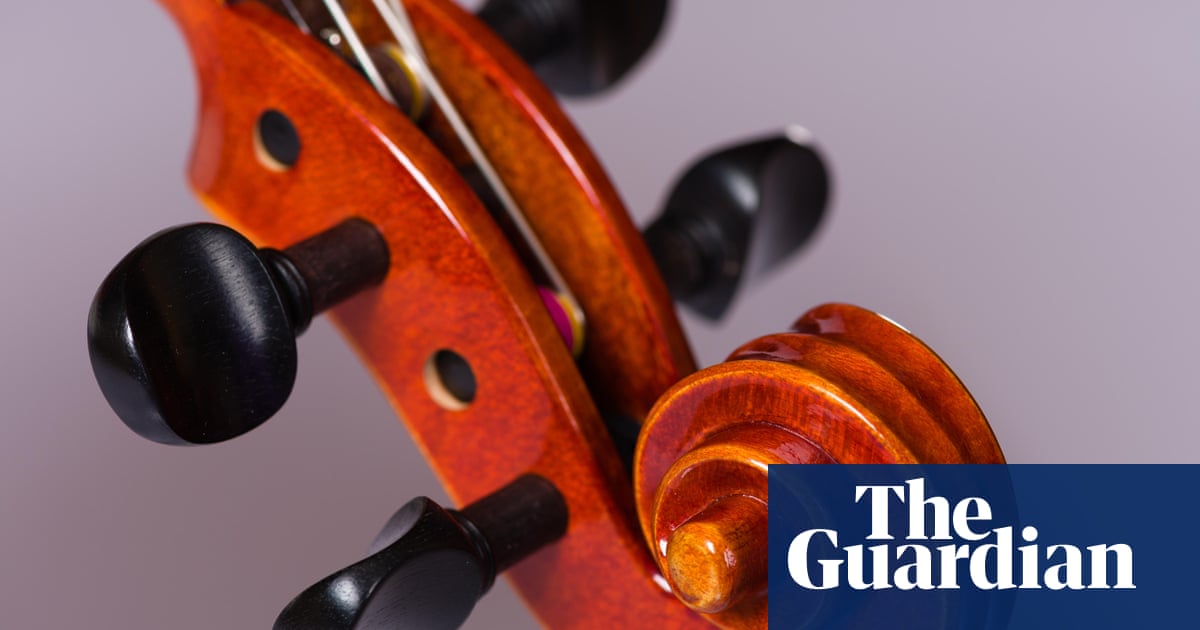Your article on the sad decline in some British crafts(Welsh thatching and ship figurehead carving added to UK crafts red list, 13 May) noted that “thatched roofs in Wales are becoming ‘more similar to English styles of thatch’. The Welsh style is different, with a rounder outside appearance.” There is in fact no such thing as “Welsh” thatching, or “English” come to that. In both the north and south of Wales, the craft has long shared styles with its English neighbours. Angular work in the north is also found in Lancashire and Cheshire, while rounded thatch in combed cereal straw in the very south is identical to that found in Somerset, Devon and Cornwall. This has been the case for at least two centuries.
The type of thatch seen in the photo published online with your article was common in south-west Wales, but the “rolled gable” feature can be still found from Northamptonshire to Dumfries. The original straw roping on these Welsh roofs was also seen in Ireland, along with the decorative “rope top” ridging, once widespread throughout Wales. In doing research for my website,thatchinginfo.com, I realised that the craft follows no political boundaries. The various traditional styles are essentially a combination of climate and material supply, perhaps combined with some very early folk movements.Graham CookMilborne Port, Somerset
Steven Morris’s article prompts me to mention two severe blows that have hit the craft of violin-making and restoration in this country. The first was the recent death ofCharles Beare, internationally renowned as the leading authority and connoisseur of violins, violas and cellos, and a lifelong, generous supporter of young makers. His passing leaves London very much the poorer as a world centre of expertise in this specialised field. The second blow is that the degree programme at the Newark School of Violin Making will not be running this year, apparently becausethere were not enough applicants.
Over the last 50 years, the Newark school, in Nottinghamshire, has nurtured a generation of people from all over the world dedicated to the craft, which can be traced back to the Tudor period in this country, and came to rival similar schools in Cremona, Italy, and Mittenwald, Germany. The abandonment of the violin-making course would be a great loss to craft and music.
I should add that my entire career in this fantastic trade was given to me by the Newark school and by Charles Beare. So I am biased, but particularly sad.John DilworthTwickenham, London
